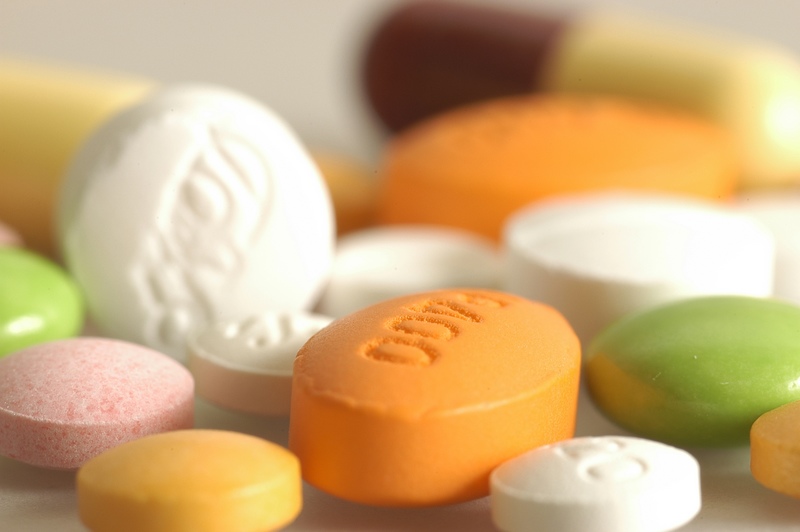
WEDNESDAY, Oct. 7, 2015 (HealthDay News) — Medical marijuana appears mostly safe for treating chronic pain, at least among people with some experience using the drug, a new study suggests.
People who used pot to ease their pain didn’t have an increased risk of serious side effects, compared to people with pain who didn’t use marijuana, a Canadian research team found.
But, medical marijuana users were more likely to have less-serious side effects, the study authors said. These side effects included headache, nausea, sleepiness and dizziness, the research revealed.
“In terms of a side effect profile, we felt the drug had a reasonably good safety profile, if you compare those effects to other medications,” said study lead author Dr. Mark Ware. He is director of clinical research for the Alan Edwards Pain Management Unit at McGill University Health Center in Montreal.
Although this study focused on the safety of medical marijuana, Ware reported that participants also appeared to experience some pain relief through their use of the drug. The researchers also saw improvements in mood and quality of life in the marijuana users.
Findings from the study were reported online recently in the Journal of Pain.
The trial is the first and largest study of the long-term safety of medical marijuana use by patients in chronic pain, Ware said.
The researchers followed 215 adult patients with chronic pain who used medical pot for one year. The researchers compared the marijuana users to a control group of 216 chronic pain patients who didn’t use medical marijuana. The study involved seven pain treatment centers across Canada.
The people using pot were given leaf marijuana containing 12.5 percent THC from hospital pharmacies, Ware said. THC is the chemical in marijuana that causes intoxication. People could use pot however they liked — smoking it, eating it in food, or inhaling it from a vaporizing device.
There was no difference in serious side effects between the two groups, the researchers found.
Marijuana users did have a 73 percent increased risk of minor side effects, the study found.
Mitch Earleywine, chair of NORML, a marijuana legalization advocacy group, said many of these side effects could be reduced by changing the way the pot is used.
“Essentially, people who used vaporized cannabis would have no more adverse events than controls,” said Earleywine, who’s also a professor of psychology at the State University of New York at Albany.
Ware said he hopes the study will provide valuable information for patients considering medical marijuana for pain treatment.
“This is a paper they should bring to the attention of their physician or health care provider,” Ware said. “Anybody who is interested in using cannabis to treat pain should know this information, as it can influence the decision-making process considerably.”
Since the study focused on people familiar with marijuana, however, it might not be as useful for patients who’ve never tried pot before, he added.
“For somebody reading this who’s never tried it, the effects they experience might be different,” Ware said.
Paul Armentano, deputy director of NORML, said the study provides further evidence that the use of marijuana doesn’t deserve to be criminalized.
“These findings, and others like it, are in direct conflict with cannabis’ present schedule I status under federal law, a classification that fails to acknowledge the substance’s clinical efficacy and acceptable safety profile,” he said.
Dr. Jonathann Kuo, an interventional pain management specialist at North Shore University Hospital in Manhasset, N.Y., said medical marijuana has the potential to be a valuable alternative for doctors who specialize in chronic pain management.
“We frequently find that opioids [such as OxyContin, Percocet, Vicodin] are not a good long-term solution for chronic pain,” Kuo said. “We’d like to see some more of these long-term safety profiles of medical cannabis, and studies like these are important steps forward in that direction.”
However, Kuo said larger follow-up studies looking at pot’s safety and effectiveness are needed.
“I’d like to see more definitive studies before prescribing this to my patients in the future,” he said.
More information
For more on medical marijuana, visit the U.S. National Institute on Drug Abuse.
Copyright © 2025 HealthDay. All rights reserved.

